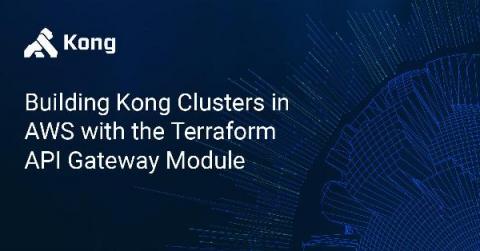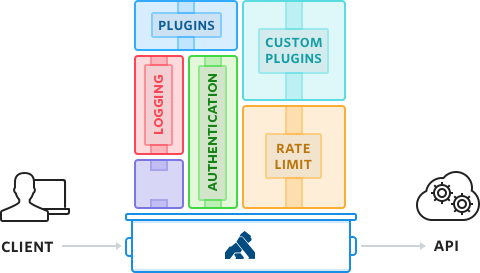How Clearsense Built a Modern Healthcare Data Architecture with Kong Gateway and Kuma
This article was written by Charles Boicey, Chief Innovation Officer at Clearsense. If healthcare data is genuinely going to impact a person’s well-being, we have to consider all patient data. Patients don’t spend much time with clinicians allowing them to collect data. Even most hospitalized patients only stay for a week or so. That’s why healthcare companies need to pull in external data as well. The data collected directly from patients is just a small sampling.












